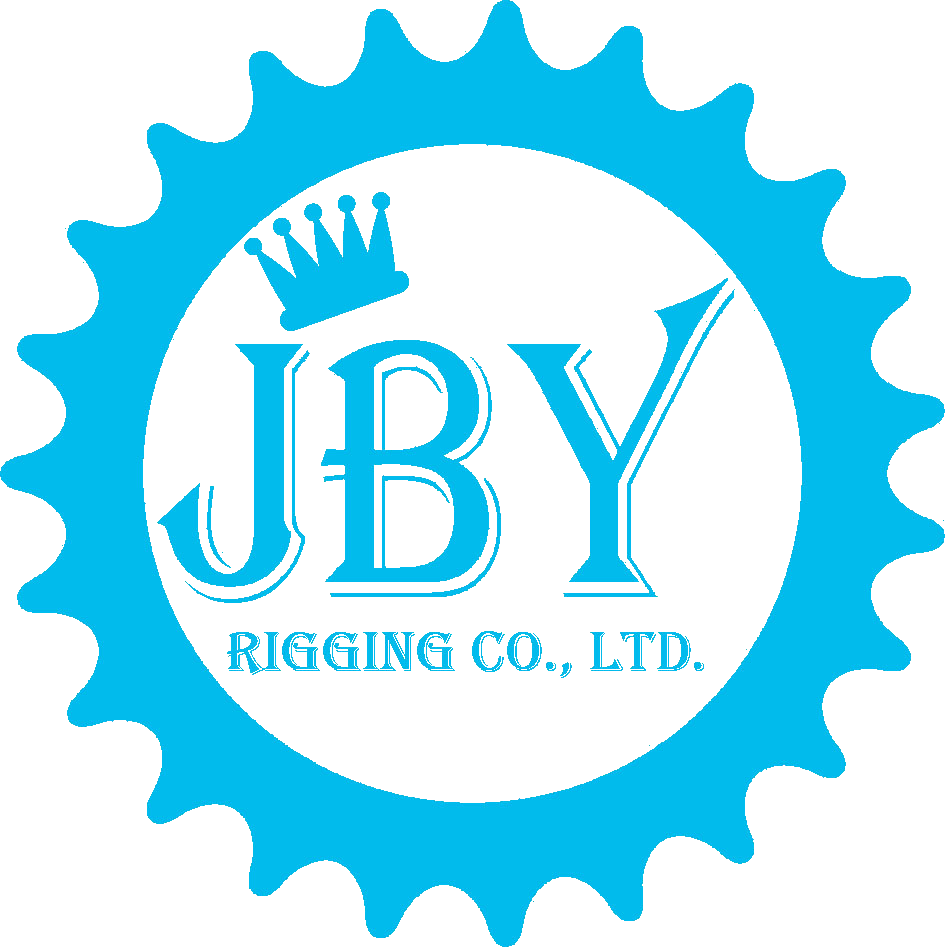1, the acquisition hook should be used by the technical documents of the manufacturer’s certificate and other technical documents; the important department procurement hook, such as the railway, the port and so on, the hook out of the factory must be strictly inspected (inspection). 2, the hook should not have the defects that affect the safety of the use performance; the hook defect shall not be welded and repaired; the hook surface should be smooth, and there shall not be defects such as crack, folding, sharp angle, burr, spalling, burning and so on. 3, in the shortest distance of the hook opening, two appropriate locations can be selected to print the signs that are not easy to wear and determine the distance of the mark, as the basis for detecting the change of the opening degree in the use. 4, hook material can be selected 20 high-quality carbon steel or hook material DG20Mn, DG34CrMo and other forging made, strictly prohibit the use of casting hook. The materials for plate hooks are usually A3, C3 common carbon steel or 16Mn low alloy steel. 5, the technical conditions of self-made hooks should meet the requirements of GB 10051.1-88 to GB 10051.5-88 (new standard: GB10051.1-2010 to GB 10051.5-2010). 6. The longitudinal axis of the plate hook must be located in the rolling direction of the steel plate, and the hook piece is not allowed to be spliced. 7. The plate hook should be riveted by countersunk rivet, while the high stress bending parts where the hook and the lifting point of the hoisting hook are not connected with rivet. 8. No closed welding is allowed between laminate hooks. Interrupted welding is allowed. Container hook 9. Hooks for overloading tests should be scrapped.
Related Posts
Use and precautions of Eye Hoist Hook China JBY Supply
Hooks should pay attention to the environment conditions used together with the rigging, and shall not use twisted rigging. The hook in the lifting process, lifting the goods prohibited by the collision and impact. It must pay attention to maintenance work. In order to ensure... read more
Regular inspection of wire rope China JBY Supply
During the use of wire ropes, regular inspections must be carried out according to the regulations, and the inspection results shall be carefully recorded. By monitoring the wire rope at any time, it provides a basis for safe and reasonable use of wire rope.... read more
Company news
The company is promoting the brand,product price preference and quality assurance of brand products .Welcome to consult,look forward to working with you . read more
Rigging rust prevention China JBY Supply
Metal corrosion is a spontaneous process of metal transformation from high potential energy unit to compound. Sling gear is a hardware and mechanical tool. Without effective protective measures, corrosion will be inevitable. Therefore, the sling will face the problem of anti-rust in the process... read more
Use method and waste standard of wire rope China JBY Supply
1. Wire rope suspender shall have product qualification certificate, technical data and instruction manual. Steel wire rope with no technical data and no product qualification certificate shall be prohibited. 2. Steel wire rope is strictly prohibited to overload. It is forbidden to use steel wire... read more
The difference between the nominal size and the actual size of a hoist China JBY Supply
The customer in the hoisting gear (such as the hoisting belt) will be elongated in the use process, so its size is not the same, there are two statements between the nominal size and the actual size, so it is easy to cause conceptual... read more
Cautions for safe use of sling China JBY Supply
1. Safety precautions for sling loads: The weight of the lifting object shall not exceed the limit working load of the sling. Before use, visual inspection shall be carried out on the used sling, and its limit working load shall be checked according to the... read more
Turnbuckle common maintenance China JBY Supply
The rigging of a kind of rigging, such as open flower orchid and so on, can be done with the spraying method of twist strands if the surface is oiled, the open flower orchid factory is sometimes used for dip coating later. It means that... read more
Performance of shackle products China JBY Supply
Product usage and precautions 1. In production operation, check whether the unloading buckle is defective, whether the model matches, whether the connection is firm and reliable. 2. prohibit the use of bolts or metal bars instead of pins. 3. no impact or collision is allowed during lifting.... read more
Operation management of hoisting machinery China JBY Supply
1. management of operators Operators should learn and master the relevant knowledge of the structure, working principle, technical performance, safety operating procedures, maintenance and maintenance system of the hoisting machinery used and the relevant national laws, regulations and standards before they go on duty. After... read more


